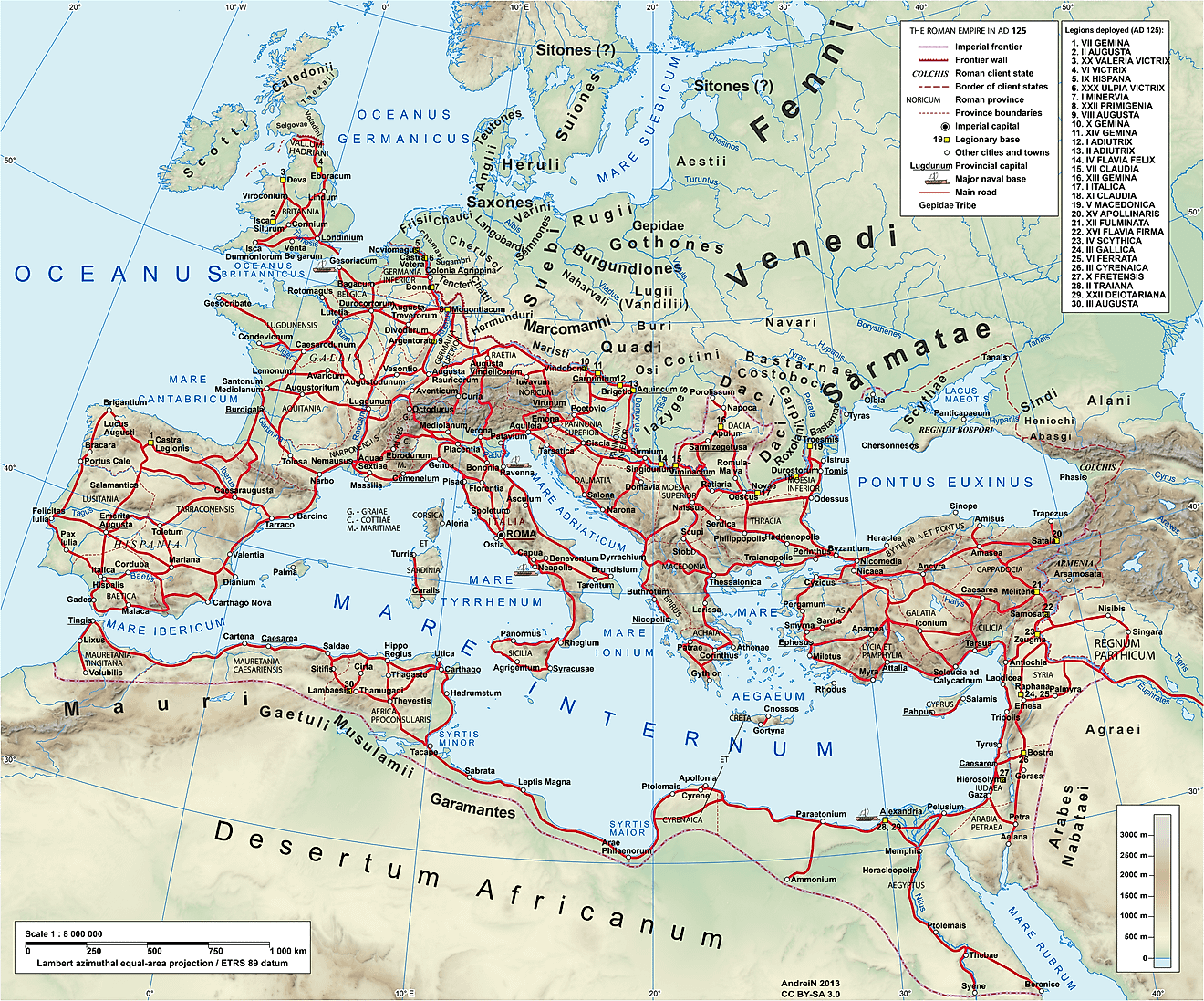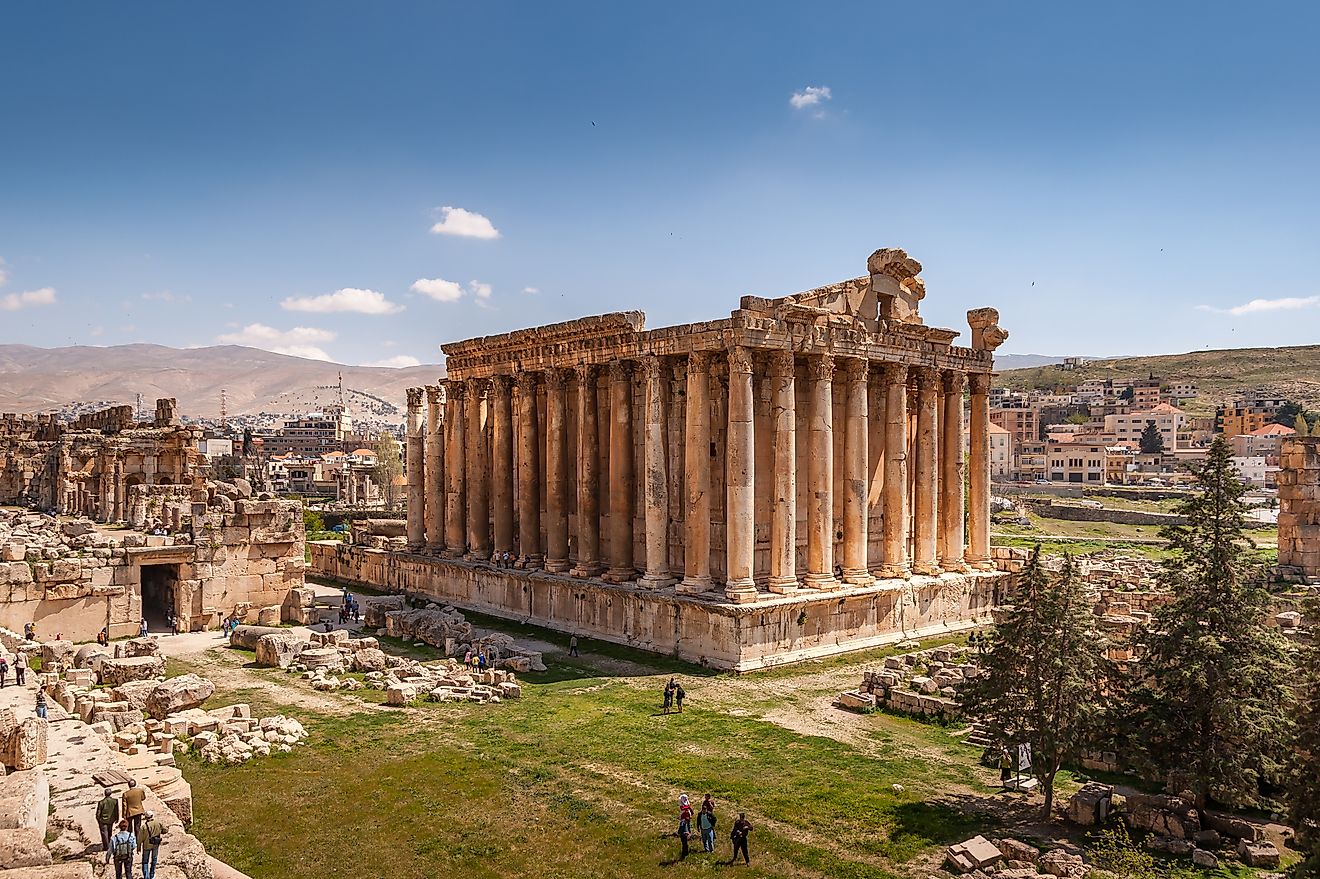
The Atomic Bombings of Hiroshima and Nagasaki
In August of 1945, the United States dropped two atomic bombs on the Japanese cities of Hiroshima and Nagasaki. The bombings were a devastating blow to Japan, and they mark one of the most controversial moments in history. In order to understand modern tensions related to the use of nuclear weaponry, it is imperative to examine the events leading up to these bombings, as well as their aftermath. An unavoidable aspect of the bombings is the ethical issues that are deeply debated between their proponents and opponents.
United States and Japan During WWII

The Pacific War between the United States and Japan began in December 1941, following Japan's attack on Pearl Harbor. This led to a bitter and devastating conflict that lasted for four years. During this time, both countries launched numerous strategic attacks against each other, from air raids to naval battles. One of the most destructive events of the war was the firebombing of Tokyo, in which one event killed more than 100,000 people in a single night. In March of 1945, the US Army Air Forces began a series of air raids on Tokyo in an attempt to disrupt Japanese industry and weaken its economy. These firebombings of Japan marked a turning point in the Pacific War, as they demonstrated the United States' capability to launch devastating aerial attacks on Japanese cities. In secret, the United States had successfully developed nuclear weaponry, which equipped them with an overwhelming advantage.
The Atomic Bombing of Hiroshima

On August 6, 1945, as a response to Japan's refusal to surrender—even after the Allies had effectively won World War II with the defeat of Germany—the United States dropped an atomic bomb on Hiroshima, Japan. This bombing marked the first use of a nuclear weapon as a weapon of war to hasten the end of the war. The consequences were devastating. Tens of thousands died instantly, countless more suffered horrific burns and deformities, and the city was largely reduced to rubble. In total, there were 70,000 to 135,000 fatalities due to the bombing of Hiroshima.
The Atomic Bombing of Nagasaki

In the days before the atomic bombing of Nagasaki, the populace lived with a sense of security, potentially unaware of the imminent danger that had occurred in Hiroshima. On August 9, 1945, over 74,000 people perished in an instant due to the weapon with many more injured or exposed to radiation after the blast. However, despite losing an estimated 73,884 buildings, Nagasaki has since been rebuilt into a thriving urban center due to considerable effort from the public sector. In recent years, tourists have earmarked Nagasaki as an essential site to visit for understanding the past experiences of victims and the overall consequences of nuclear warfare.
The Damage

The bombings of Hiroshima and Nagasaki were catastrophic events in human history, with hundreds of thousands of lives lost. As rubble littered the cities and radioactive rain fell from the sky, many survivors had little hope for the future. Yet it is remarkable to consider that both cities have recovered over the past seven decades. Today, residents are able to live safe lives in both places, a testament to their resilience in the face of tragedy.
The Bombings Were a Turning Point

The bombings of Hiroshima and Nagasaki in 1945 were a turning point in World War II. For US President Truman, it was necessary to force Japan to surrender. Though some people view it as unethical, the devastation wrought by the bombs served to cut off all remaining hope for victory for Japan and was perhaps the only way to bring an end to the devastating war. Japan recognized that they had no other option but to surrender soon after the bombings proved the destructive potential of atomic warfare. Thus, it marked a fateful new chapter in modern history while helping to ensure an allied victory. However, retrospective examination proves that there is more nuance to the debate than a simple allied success, especially because of the civilian casualties involved.
The Atomic Bombings Led to the Cold War

The atomic bombings of Hiroshima and Nagasaki during World War II initiated a period of fear, tension, and unease between the Soviet Union and the United States. Mutually assured destruction (MAD) acted as a deterrence against full-scale war. However, it did not eliminate the underlying suspicion between both countries. Despite attempting to negotiate peace, the erosion of trust created several tension-filled confrontations that escalated into the Cold War. Though differing ideologies played a fundamental role throughout this conflict, the nascent nuclear capabilities of both superpowers set the scene by impairing the possibility of mutual peace.
The Ethical Controversy

Proponents of the atomic bombings cite five primary reasons for their use. First, they believe that pamphlets were rained over the cities, giving the citizens advanced notice and warning them about the impending doom. Second, they argue that the US only had enough nuclear material for two bombs, and making Japan believe they had more was crucial to guarantee an end to the war. Third, proponents mention that even with the bombings, Japanese officials still did not want to surrender, and further conflict would have entailed a massive land invasion that could have cost 5.7 to 14 million casualties. Last, because bombings in World War II were generally imprecise compared to today, it was impossible to distinguish military targets in cities from civilian targets. Moreover, as other countries were on the verge of discovering nuclear weaponry, displaying the power of the atomic bomb ensured a precedent of nuclear-weapon avoidance that has lasted until today, despite tense moments during the Cold War.
Critics of the bomb’s use state that the US did not universally support such widespread devastation of civilian life, that it is likely the cities were not warned, and that Japan may have been willing to surrender without its use. Furthermore, because a primary goal was to warn the Soviet Union, this reduces the deaths of millions of Japanese to nothing more than a political tool. As of 2015, a Pew Research Center survey revealed that 56% of Americans believe the bombings were justified while only 14% of Japanese hold the same opinion.
In conclusion, the atomic bombings of Hiroshima and Nagasaki were tragic and devastating events in human history. The consequences are still felt today, both in terms of the physical damage caused to both cities as well as the fear associated with similar weapons of mass destruction. It is important to remember those affected by these events, as well as to make sure that we learn from our past mistakes and avoid repeating them in the future. Although the atomic bombings of Hiroshima and Nagasaki were a turning point in World War II, they also marked the beginning of an era rife with tension between rival nations because of mutually assured destruction. Hopefully, history does not repeat itself and humanity can continue to move forward in a peaceful direction.











